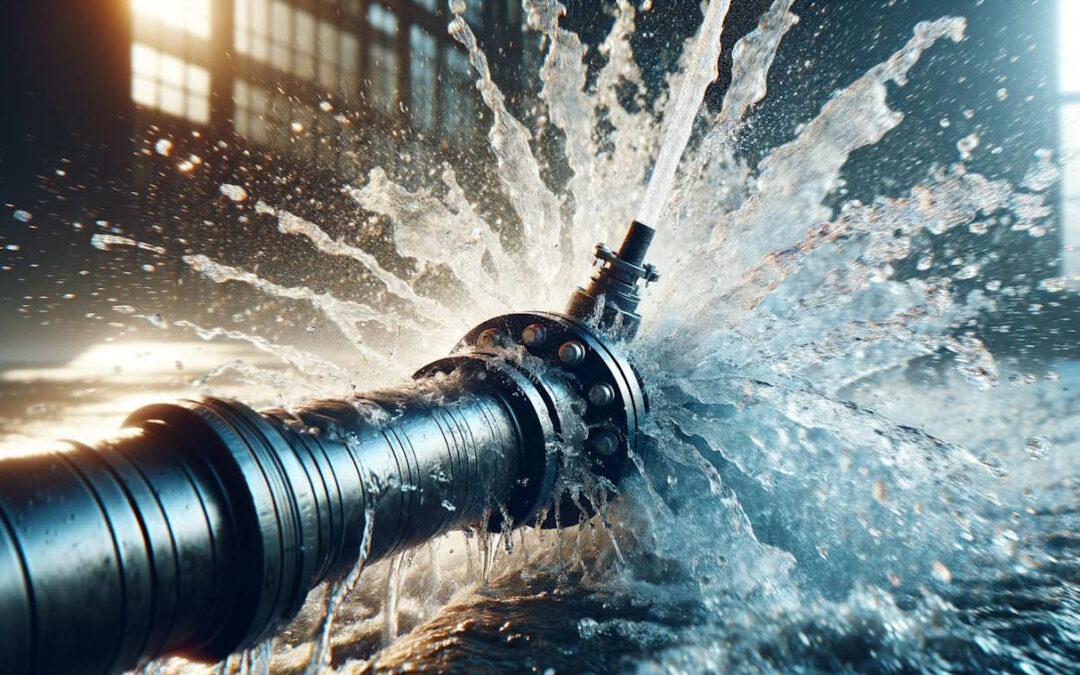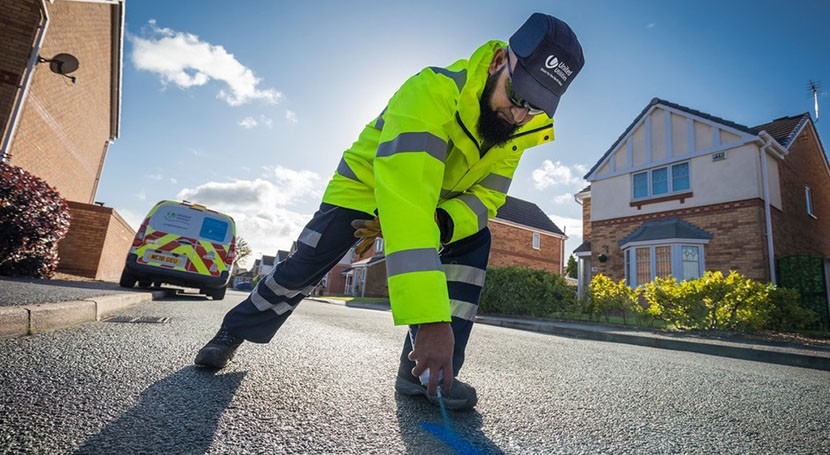Comprehensive Guide to Water Leak Detection for Home Owners and Businesses
Comprehensive Guide to Water Leak Detection for Home Owners and Businesses
Blog Article
Innovative Solutions for Very Early Detection of Water Leakages in Structures and Framework
As the integrity of buildings and facilities is paramount, the difficulty of early detection of water leaks has spurred ingenious solutions that guarantee to revolutionize the method we protect against prospective damages. From cutting-edge leak detection modern technologies to the deployment of IoT sensors for real-time tracking, the landscape of leakage avoidance is advancing rapidly. Artificial intelligence algorithms provide a glimpse right into the future of leakage prediction, while thermal imaging provides a non-intrusive approach for pinpointing concealed leakages. Automated water circulation analysis systems are improving how leaks are recognized and addressed, leading the way for a proactive approach to water leak discovery. Each of these solutions holds the essential to making certain the integrity and durability of our built atmosphere, motivating a change towards a much more sustainable and efficient future.
Advanced Leakage Detection Technologies
Advanced leakage detection innovations, furnished with innovative sensing units and algorithms, play an essential function in quickly recognizing and determining water leakages in different settings. These innovations employ a combination of acoustic, thermal, and electromagnetic sensing methods to detect leakages properly. Acoustic sensing units find the sound of escaping water, allowing for precise localization of the leak source. Thermal imaging detects temperature adjustments created by water leakage, offering another effective approach for leakage identification. Electro-magnetic sensing units can identify changes in electro-magnetic fields created by water, offering yet an additional layer of leak detection capacity.

IoT Sensors for Real-Time Tracking
In the realm of modern-day water leak discovery, the assimilation of IoT sensing units for real-time monitoring represents a pivotal advancement in boosting positive leakage discovery capacities. These sensing units supply continuous tracking of water systems, offering real-time information on water flow rates, stress variations, and temperature level modifications. By leveraging IoT innovation, these sensing units can spot also the tiniest anomalies in water usage patterns, enabling very early recognition of possible leakages prior to they intensify right into significant concerns.
IoT sensing units send information to a central platform, where advanced formulas analyze the information and generate alerts or notifications when abnormalities are detected. This real-time monitoring capacity enables homeowner or facility managers to without delay address leakages, decreasing water damages, minimizing repair service costs, and conserving water sources.
In addition, IoT sensing units can be integrated with building management systems, allowing for computerized actions to discovered leaks, such as closing off water shutoffs or triggering pumps to mitigate the influence of leakages. In general, the implementation of IoT sensing units for real-time monitoring considerably boosts the effectiveness and performance of water leakage detection in structures and facilities.
Machine Understanding Algorithms for Leak Forecast

One secret advantage of using machine understanding for leakage prediction is its capacity to constantly learn and boost its precision with time. As even more data is gathered and fed into the formula, it can fine-tune its predictions and adjust to changing problems, inevitably increasing the integrity of leakage detection systems.
Additionally, machine understanding algorithms can aid in recognizing refined indications of leakages that may go unnoticed by conventional surveillance techniques. water leak detection. More Bonuses By assessing complicated information embed in real-time, these formulas can supply early cautions and informs, permitting punctual treatment and preventative maintenance to minimize possible water damages and linked costs
Using Thermal Imaging for Leakage Detection
Thermal imaging modern technology provides an encouraging method for discovering water leaks in different systems and frameworks. By utilizing infrared radiation and temperature differences, thermal more information imaging electronic cameras can determine surprise leaks that are not quickly noticeable to the nude eye. When water escapes from pipes or structures, it commonly transforms the temperature of the bordering area, producing temperature level differentials that thermal electronic cameras can capture. These temperature irregularities are after that translated right into visible pictures, highlighting the specific area of the leakage.
One of the key benefits of thermal imaging for leakage discovery is its non-intrusive nature. In general, the usage of thermal imaging innovation enhances the performance and accuracy of water leakage discovery, making it a valuable device for keeping the integrity of structures and facilities.
Automated Water Circulation Evaluation Systems
Just how can computerized water circulation evaluation systems change the detection and management of leakages in various systems and frameworks? Automated water flow evaluation systems offer a proactive strategy to leakage discovery by continuously checking water flow prices and patterns. By establishing baseline information, these systems can rapidly recognize discrepancies that might indicate a leak, making it possible for punctual intervention to stop comprehensive damages.
These systems make use of sophisticated algorithms to evaluate real-time data and offer prompt alerts when anomalies are spotted, enabling swift action to be taken. Furthermore, computerized water flow evaluation systems can be incorporated with building administration systems or IoT systems, improving overall effectiveness and enabling remote surveillance abilities.
Moreover, the information accumulated by these systems can be made use of for anticipating upkeep objectives, aiding to determine prospective weak factors in the facilities prior to leakages happen. On the whole, the execution of computerized water circulation evaluation systems can dramatically boost leakage detection and management practices, ultimately resulting in cost savings, reduced water wastefulness, and boosted sustainability in structures and infrastructure.

Final Thought
Finally, the combination of sophisticated leakage discovery modern technologies, IoT sensing units, maker knowing algorithms, thermal imaging, and automatic water flow analysis systems uses ingenious services for very early detection of water leaks in visit homepage buildings and facilities. These innovations allow real-time tracking, prediction of leakages, and efficient detection approaches to stop water damages and wastefulness. Applying these remedies can aid in keeping the honesty and sustainability of water supply in numerous settings.
Report this page